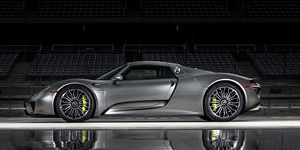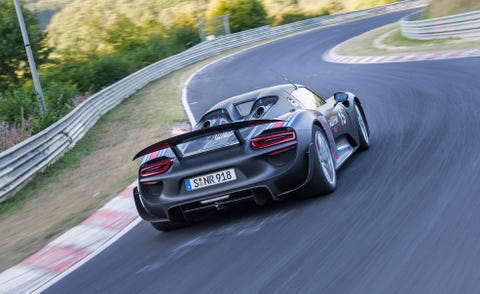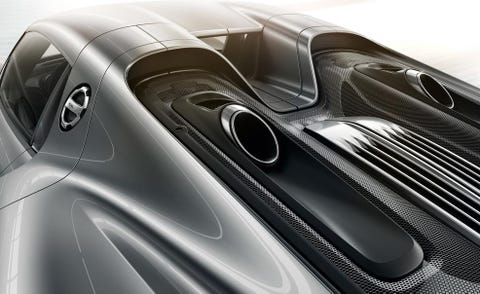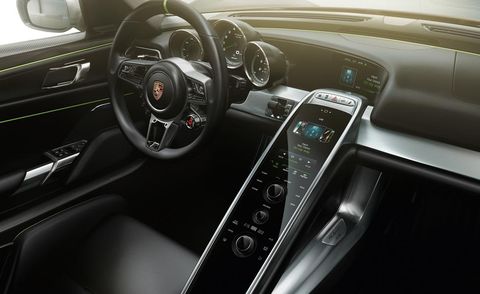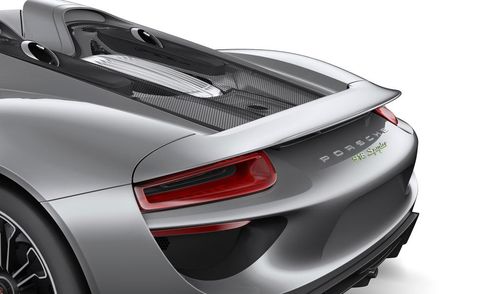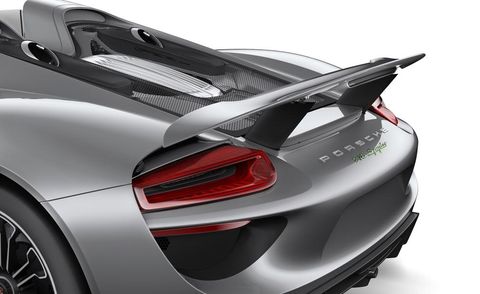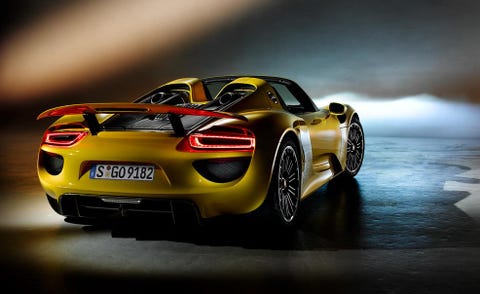Funnyman Louis C.K. does a widely known bit summed up by a phrase uttered early in the performance: “Everything is amazing and nobody’s happy.” He’s talking about personal technology, but the perspective applies to today’s car industry, too. Take a moment to count your blessings as a car enthusiast in today’s world, and you’ll quickly realize you’re going to need a longer moment.
We have Miatas and BRZ/FR-Ss, GTIs and Focus STs, 300-hp V-6 Mustangs (and 400-hp V-8s), 495-hp Jaguar roadsters, 11-second Mercedes-Benz station wagons, and a handful of exotics (and sometimes even near-exotics) in the 10s. There are also 200-mph sedans, beautiful things, weird things—in short, there’s no shortage of something for everyone. This, plus forums to talk about these things, eBay and Bring a Trailer to buy them, and a mind-blowing generation of video games that let us realistically experience the dreams we can’t afford. Yet the mood in the automotive sphere tends to be a little dreary. We yearn for the good old days or, more often, fear the bad ones to come. Diesels and hybrids and EVs are the future, and they’re going to ruin it all.
Except they won’t, so you can put away your sad trombone. On top of all that other great stuff comes a curious new phenomenon: The million-dollar, 900-hp hybrid hypercar. Want even more evidence that things are going well? In the past decade, several companies have quit making minivans, yet now three different automakers build these insane hybrids. We’ve yet to drive the Ferrari LaFerrari or McLaren P1, but we just clambered out of the Porsche 918 Spyder, and it turns out that hybrids can be pretty awesome.
The Hybrid Ambassador
There’s no family-hybrid-esque Atkinson-cycle four puttering away beneath the 918’s perforated engine cover. Think, instead, high-output V-8 bristling with modern engine technology. Porsche says the engine was derived from that in the Le Mans class-winning RS Spyder, but you really need to stretch the definition of “derived” for that to be the case. In large part, the only commonalities between the RS Spyder’s 3.4-liter and the 918’s 4.6 are that they both have flat-plane cranks and 90-degree vee angles, and saying that 90-degree vees on two eight-cylinders implies shared roots is like claiming you and Billy Joel must be cousins because you both have goatees.
But if the 918’s engine shares little with the racing car’s mill, it also shares little with those of any lesser Porsches. For starters, it breathes in reverse. Air enters from the outside of the heads and is exhausted in the valley of the vee. Then, rather than wind their way to the back of the car, the spent gases simply exit skyward from a pair of gaping cannons mounted immediately aft of the occupants’ heads. There’s not room for much muffling before this happens, which is fine by us—not to mention a boon to driver alertness. The block and the heads are aluminum, the connecting rods are titanium, and the exhaust system is Inconel, a lightweight and super-expensive nickel-based alloy. Keeping the internals light and the crank flat means the V-8 can rev to 9150 rpm, a speed at which it emits a scream of such intense, pure rage that we felt obliged to apologize. (The V-8 continued screaming nonetheless.)
Carrera GT + 930 Turbo = 918 Spyder
The V-8 makes 608 horsepower, three more than in Porsche’s previous limited-edition flagship, the Carrera GT. But the 918 then adds roughly the output of another old flagship, the 930 Turbo, via two electric motors. One wedges in between the V-8 and seven-speed PDK dual-clutch automatic transmission; the other sits aft of the front cargo hold. The battery pack sits low behind the passengers within the carbon-fiber monocoque. Total system output from the engine and motors sits at 887 horsepower and a maximum of 944 lb-ft of torque. (For even more details on the 918’s powertrain and its operation, check out technical director Don Sherman’s prototype drive here.) We weren’t able to gather instrumented test data, but figure on a zero-to-60-mph time of 2.6 seconds and a quarter-mile time of about 10 flat. And in case you missed it, the 918 Spyder is the first production car ever to break the seven-minute barrier at the Nürburgring. Not only that, but Porsche’s drivers say they were told to exercise caution and insist they could do better than the 6:57 they stamped into the record books. Chalk one up for hybrid goodwill.
It’s a good thing the seats back up to a bulkhead, because under full throttle, the 918 feels as though it might rip them clean out of the floorboards. Every time you floor it, you get a preview of your first (or next) face lift. The pull is relentless. With two different types of electric motors spinning at two different speeds, a gas V-8, and Porsche’s seven-speed dual-clutch gearbox all operating in concert, this is among the most sophisticated powertrains on the road. But occupants feel no transition of power flow between motors and engine. To the end user, it simply feels incredibly fast and unbelievably seamless. Not since we discovered QWOP and browser-window Asteroids have we been so happy with computers.
Yes, We Are That Good
If Porsche were actually concerned with keeping the seats moored, it would have had to hem in its lightweight buckets on all sides, because this car generates stupefying g forces in all directions. What’s truly amazing, though, is how approachable this car’s supernatural powers are. We lapped Spain’s 2.5-mile Circuit de Valencia behind a 911 Turbo S—no slouch itself, logging a 7:27 on the Nürburgring—piloted by Porsche’s own test driver. While the 911 savant in the Turbo S manhandled his mount around the track, wringing every millisecond from his lap time, we flounced along behind, a little bored by the lack of effort required to stay on his bumper.
This content is created and maintained by a third party, and imported onto this page to help users provide their email addresses. You may be able to find more information about this and similar content at piano.io

